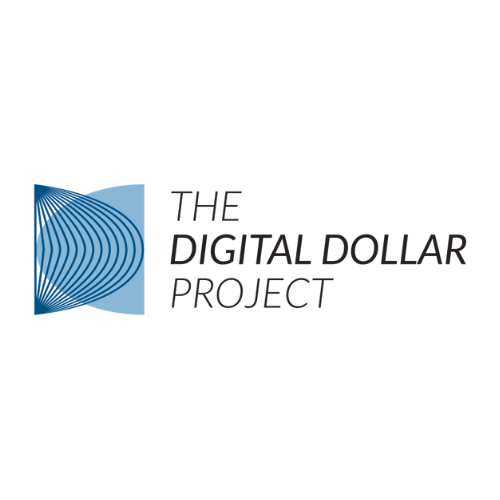Source: Quant
During a panel session at the Financial Times Digital Assets Summit last week, the Bank of England’s director for central bank digital currency, Tom Mutton, and our CEO Gilbert Verdian shared their views on a digital pound and tackled questions from the audience about personal data privacy and interoperability.
Joy Macknight, editor of The FT’s sister publication The Banker, moderated the “Central Banking in the Age of Decentralisation” session. She began by establishing what the UK’s central bank was trying to achieve with a digital currency and what progress it has made so far.
Objectives and current status
Tom Mutton, the Bank of England’s director for central bank digital currency, was clear: the Bank sees a digital pound as the equivalent of cash today.
Gilbert then shared his views of CBDCs more widely – that they’re a natural evolution of money, a new form of cash, and will unlock a wealth of benefits for consumers and businesses. The best way to answer a lot of the questions around them, he said, is to practically test CBDCs with domestic participants from commercial banks, financial institutions, and fintechs.
Mutton agreed and outlined the experiments the Bank of England has been running with the help of the Bank of International Settlements: projects Meridian and Rosalind. The former focused on real-time gross settlement in the context of real estate transactions, and the latter looking at use cases for retail CBDCs. He emphasised that offline payments are an important element of their experiments and that the Bank is also running ‘tech sprints’ to encourage public and private sector collaboration.
An opportunity for the private sector
That collaboration – between the central bank and the private sector – will be key in creating innovation for end users. Mutton was keen to point out that the central bank will not put any controls on how CBDCs are used; it won’t program the digital pound. That presents an opportunity for banks, payments firms, and fintech companies to start thinking now about how to use programmability as a way to differentiate themselves in the market and offer value-add services to their customers.
Private, not anonymous
The panel then turned its attention to personal data privacy concerns – an oft-raised criticism of CBDCs. To Gilbert, a better way of thinking about this is that CBDCs are a chance for the industry to overcome legacy issues and finally tackle fraud and financial crime. He expects consumers to have better protection from fraud and financial crime through a CBDC because this new form of technology can build fraud protection at the network level and CBDCs give banks a holistic view of networks, so preventative fraud can be tackled more efficiently.
Gilbert also explained that a digital pound will have rigorous data protection in place and personally identifiable data will never be shared with the issuing central bank. Today consumers provide more personal data to the likes of Google and Meta than they do to their own banks.
The Bank of England shares Gilbert’s view on privacy. Mutton summarised it well: “A digital pound will only work if people have trust and confidence in it. And that will only happen if they feel their personal data is protected. A digital pound will have the very highest standards of privacy.” Private is not the same as anonymous, Mutton emphasised though, echoing Gilbert’s comments about fraud protection.
Interoperability
The panel went on to consider how CBDCs might interact with other forms of money and an audience member was keen to understand whether a digital pound and crypto could ever interoperate. Gilbert was unequivocal: no. Although crypto has its place, he doesn’t see it interoperating with fiat, or tokenised money. Mutton agreed. A key objective of the digital pound, he said, was uniformity of money. That means it should interoperate with commercial bank deposits, with cash or even – should one ever emerge – with a well-regulated commercial stablecoin. But not crypto – which is not money in the eyes of the Bank.
The other key element when it comes to CBDC interoperability is a technical one. The key here, in Gilbert’s view, is the use of private permissioned chains and clear standards, akin to inter-bank networks used by industry for payments and settlement.
It’s essential that CBDCs are able to flow seamlessly between existing and new institutions and co-exist with other forms of digital money – both domestically and cross-border. That demands standards, a robust shared infrastructure, and expertise in interoperability and secure smart contracts.



































































